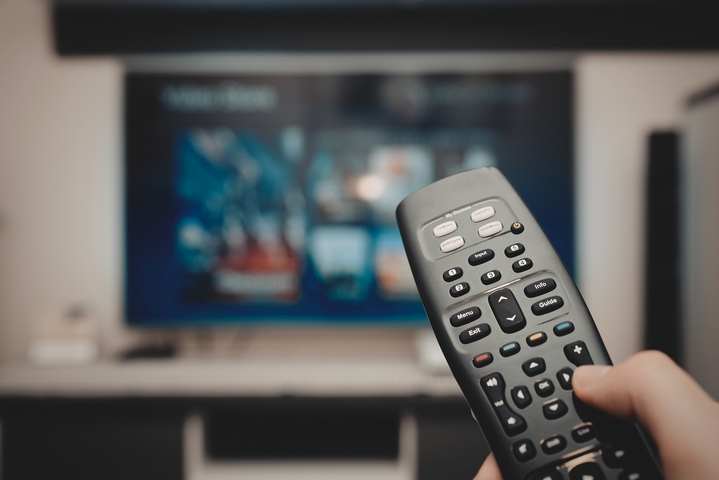
So, you’ve invested in a top of the line flat screen TV and are eager to enjoy your favourite sports and shows in all their glory? In order to create a truly immersive entertainment experience, you need to make sure that the sound quality is up to par with the visual impact.
A tricky balance when it comes to flat screen TVs in particular, their slim sleek design simply doesn’t lend itself to the big, hard-hitting sound that you’ve come to expect when watching an action film or major sporting event. Thankfully, there are ways to enjoy the best of both worlds.
You have many options when it comes to enhancing the audio experience that comes with your flat screen viewing. Here are seven ways on how to improve sound quality on flat screen TV:
1. Think about strategic TV placement
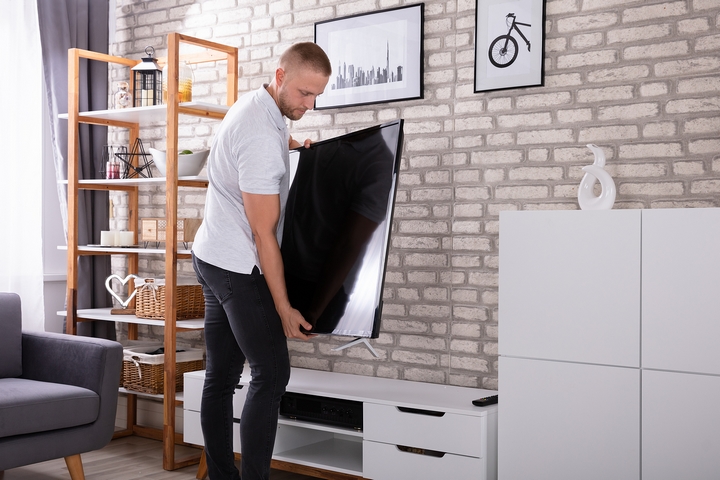
To improve the sound quality on flat screen TV, its placement will play a major role. One of the reasons that the built-in audio on flat screens tend to fall a bit flat is due to the fact that it is usually located at the bottom of the screen and mostly gets directed downwards.
In some cases, it is built into the sides, which creates a more diffuse audio output but still directs sounds away from the viewer. For this reason, when considering the options below, you want to put some thought into where you add extra speakers and how the angle they’re set up at will impact sound. Try investing in flat screen TV stands, which can change the angle of how the sound emits from your television system.
2. Improve the sound with desktop speakers
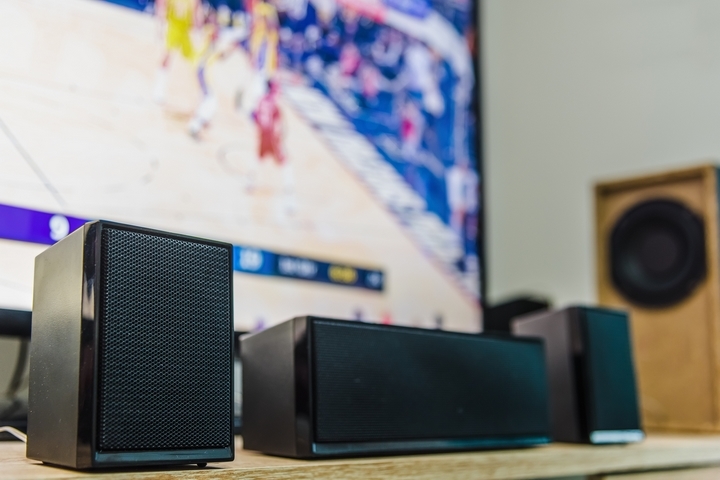
If you don’t have a very big budget and want to boost your sound levels as soon as possible, basic desktop speakers offer a handy solution. They are also easy to move around, so you don’t have to overthink placement or commit to a pricy installation plan. Due to the fact that they’re fairly small, desktop speakers are also good for small spaces or if you’re trying to avoid overwhelming your living or recreation room with electronics.
3. Pair your TV with wired or wireless speakers
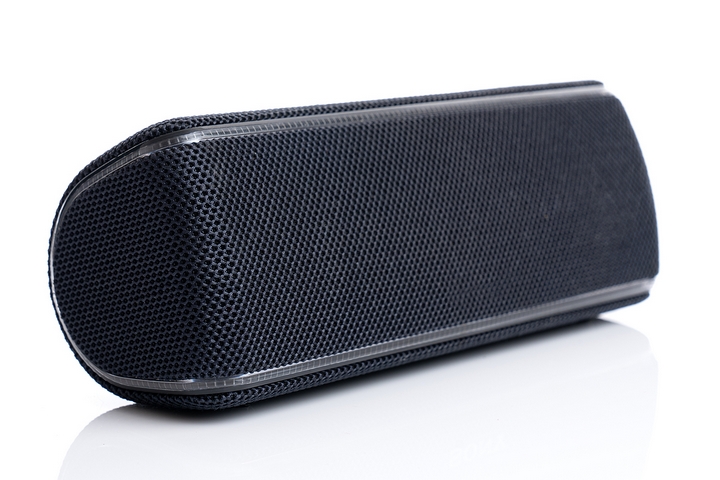
Desktop speakers come in a wide range of shapes and sizes, but one of the most important decisions you’re going to have to make is about whether or not you want to go wireless. Most traditional desktop speakers will have an optical input situation at the rear of the main speaker. This makes for easy connection and means that they shouldn’t give you any trouble once you have them set up and in place.
Wireless speakers, on the other hand, are a great choice if you want to have multiple connections and are trying to avoid unsightly cables. Keep in mind that you can also pair some smart speakers with your TV to bolster audio output.
4. A handy trick for wireless speakers without an optical input

If you have a set of speakers that you love but they don’t have an optical input, don’t stress! You can still make it work with a little ingenuity. All you have to do is take the 3.5mm headphone out from your TV and plug that into your speakers’ auxiliary input. Once you have this is in place, you’ll be able to control volume from the TV also.
5. Optimize your existing stereo sound system
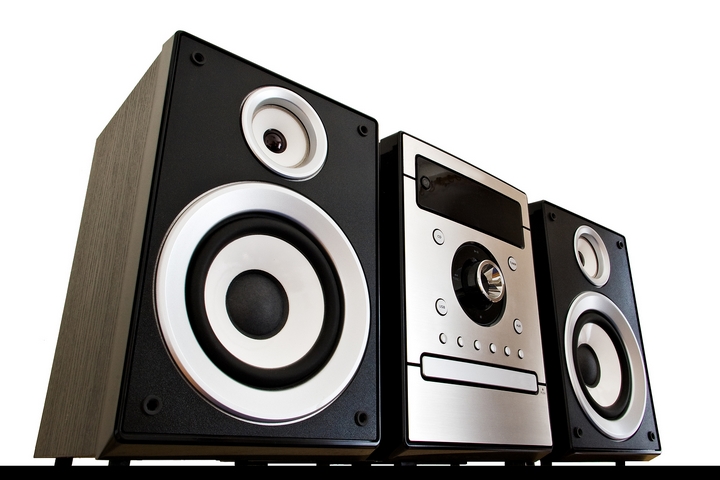
In the event that you’re a bit of a music junky and have already invested in a solid stereo setup that you’re very fond of, you can also use it to boost the volume of your flat screen TV. That will save money and avoid an abundance of speakers all serving different purposes. Many integrated stereo amplifiers already have optical inputs, so you can connect directly to your TV and enjoy high quality sound in seconds.
In the event that you’ve got an analogue amplifier, you can use the amp’s RCA inputs and plug them into your TV’s corresponding outputs. Just be sure to double check that your television does have analogue audio outputs built in. Not all new sets come equipped with this kind of traditional connectivity.
6. Add a soundbar or soundbase
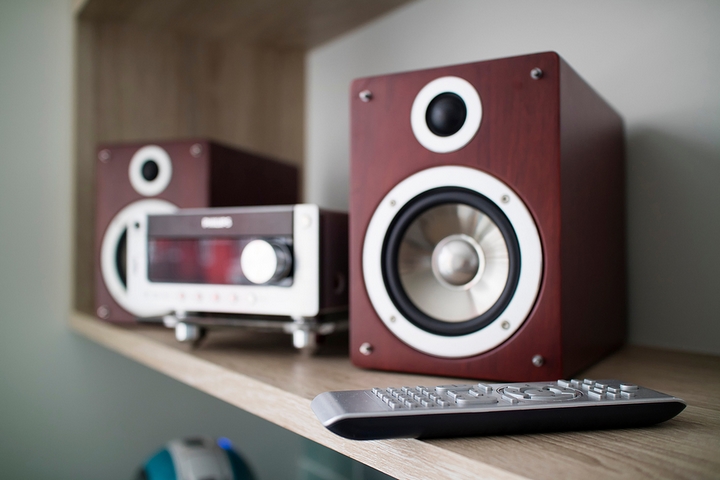
Another good choice if you’re dealing with a smaller space and budget is a soundbar or soundbase. Many of these are so thin that they can simply be propped up in front of the TV. You’ll hardly even notice that it is there until you turn the television on and delight in the enhanced audio.
7. Go full in with surround sound
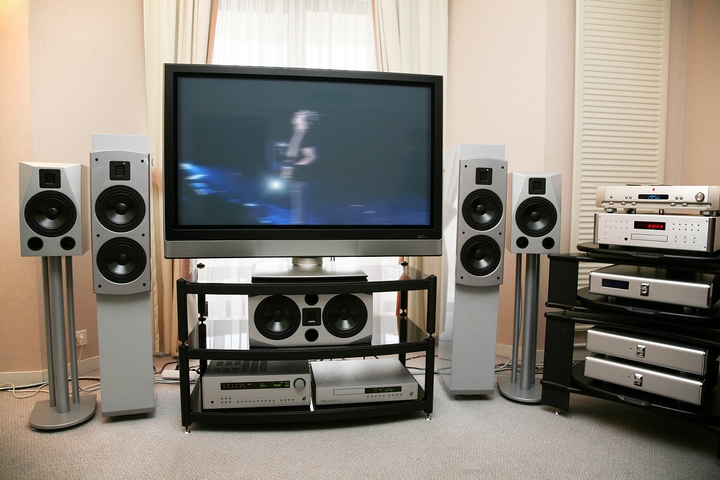
Meanwhile, if you’re on the other end of the spectrum and are looking to really go for it, surround sound is the best way to achieve a cinema-like experience at home. If this is what you’re after, you’ll need to get an AV receiver and a package of surround speakers. Together, this will provide the full detail, scale, and immersive sound experience that is usually only available at a theatre. You’ll get to experience your favourite entertainment in a whole new way.
